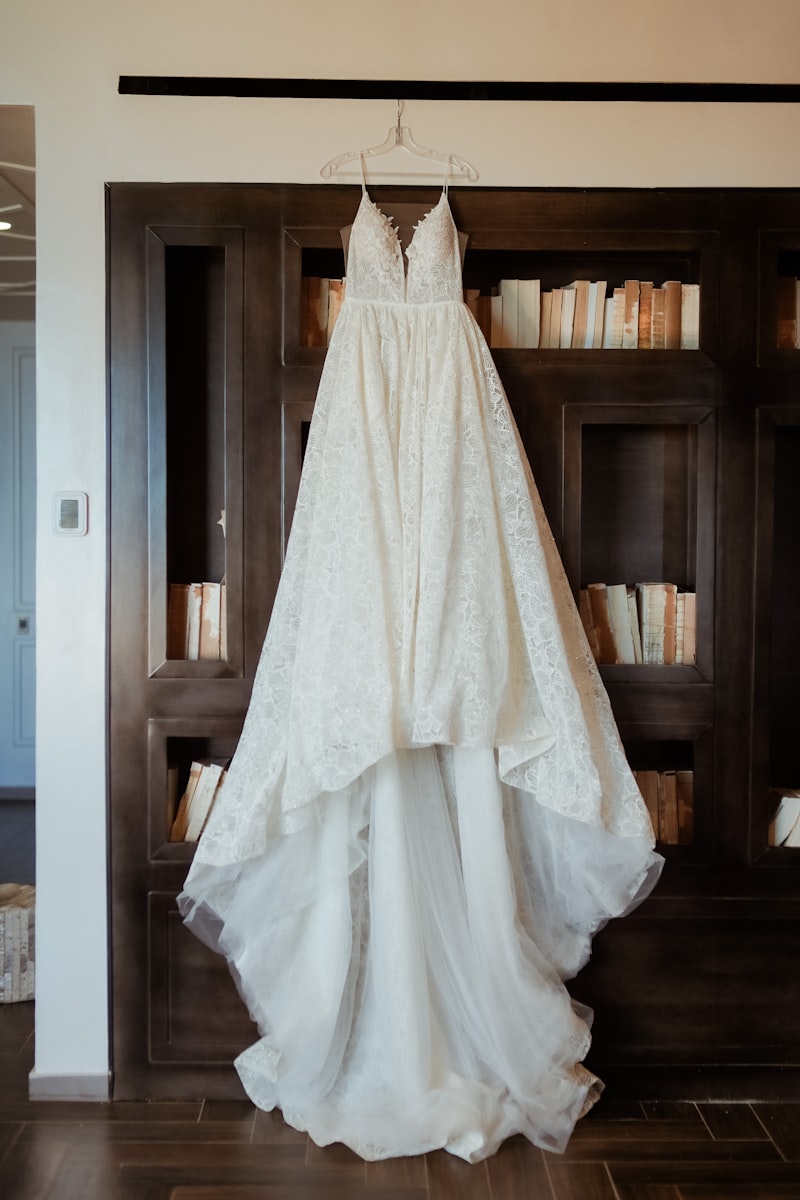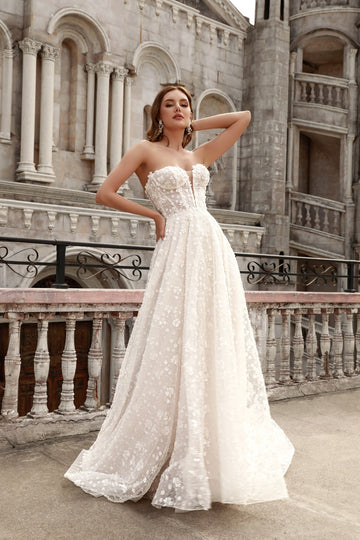Cultural Influences in Classic Wedding Dress Design: A Comprehensive Exploration
Cultural Influences in Classic Wedding Dress Design: A Comprehensive Exploration
Wedding dresses have long been a symbol of love, tradition, and cultural significance. As societies evolve, so do the designs of these elegant garments. Understanding the cultural influences in Classic Wedding dress design not only sheds light on the rich history behind wedding attire but also helps modern brides appreciate the tales their dresses tell. This article delves into various cultural elements that have shaped wedding dress designs worldwide, examining their roots and their enduring legacies.
The Evolution of Wedding Dress Design
Throughout history, wedding dress designs have continuously evolved, influenced by cultural practices, societal norms, and even economic conditions. In this section, we will explore how different cultures have contributed to the Classic Wedding dress design.
| Culture | Key Influences | Design Characteristics |
| Western | Victorian era styles, romanticism | Lace, ruffles, white color |
| Chinese | Red symbolism, traditional customs | Qipao, silk fabrics, intricate embroidery |
| Indian | Rich traditions, vibrant colors | Lehenga, saree, heavy embellishments |
| Middle Eastern | Modesty, opulence | Kaftans, layering, lavish fabrics |
Western Wedding Dress Traditions
The Western wedding dress, often characterized by its white hue, traces its roots back to Queen Victoria's wedding in 1840. This choice of color symbolized purity and innocence and set a standard that many brides still follow. Moreover, styles have changed drastically over the years from the elaborate designs of the Victorian era to the minimalist aesthetics of modern times.

Chinese Wedding Attire
In Chinese culture, red is the traditional color of choice for weddings, representing good fortune and joy. The common attire includes the Qipao or a more elaborate Douli adorned with intricate gold embroidery and symbolic motifs. These designs often emphasize the importance of family and tradition.
Indian Wedding dresses
Indian weddings are vibrant celebrations that last several days, featuring multiple outfit changes for the bride. The classic Lehenga and Saree often include heavy embellishments, with intricate patterns and bright colors that signify prosperity and happiness. These garments demonstrate wealth and are an integral part of wedding celebrations.
Middle Eastern Styles
Middle Eastern Wedding dresses often reflect cultural nuances of modesty and grandeur. Garments like Kaftans are made from lavish fabrics, often layered to provide a modest yet elegant look. The use of rich colors, extensive beading, and opulent materials showcases the luxuriousness associated with weddings in this region.
Common Themes Across Cultures
Despite the diverse cultural backgrounds, certain themes resonate across different wedding dress designs worldwide. These include:
- Cultural Symbolism: Each culture uses colors and designs with specific meanings; for instance, while white signifies purity in many Western cultures, red conveys happiness in Chinese traditions.
- Historical Influences: The era's fashion often dictates the style; Victorian lace and romantic silhouettes influence many contemporary designs.
- Regional Materials: Different regions utilize locally sourced materials—silk in China and satin in Western designs, affecting the final look and feel of the dress.
The Role of Modern Influences
In recent years, globalization and technology have created a crossover of styles. Today’s brides often mix and match cultural elements, leading to hybrid designs that maintain the essence of tradition while embracing modernity. This trend can be seen in:
- Custom Designs: Many couples opt for custom gowns that blend elements from varied cultures, ensuring a unique personal touch.
- Sustainable Choices: The rise of eco-consciousness has influenced wedding dress designs toward more sustainable fabrics and practices.
- Inclusivity: Modern designs cater to diverse body shapes, encouraging all brides to feel confident and beautiful.
Tips for Choosing the Perfect Wedding Dress
Selecting a wedding dress involves considering personal style, budget, and cultural significance. Here are some tips to help brides find their ideal attire:
- Research: Explore different cultures' designs to find elements that resonate with your personal style.
- Set a Budget: Wedding dresses can range significantly in price—setting a budget early can streamline the selection process.
- Think Comfort: Opt for styles that allow ease of movement; weddings can be long affairs filled with dancing and celebration.
- Personalization: Consider incorporating personal elements into the dress, such as family heirlooms or custom embroidery.
Conclusion: Embracing Cultural Diversity in Wedding dresses
Understanding the cultural influences in Classic Wedding dress design enriches the bridal experience, allowing brides to appreciate the history and meaning behind their attire. As we've explored various cultural contributions, it's clear that Wedding dresses serve as a canvas reflecting personal stories and societal narratives. While trends may come and go, the essence of tradition blended with modern influences creates a lasting legacy in wedding dress design. Embrace your cultural heritage, prioritize comfort and personal expression, and choose a gown that not only looks beautiful but also tells a story.
Always remember, your wedding dress is not just a dress; it's a symbol of love and unity, and an embodiment of the cultural influences that shape our world.
